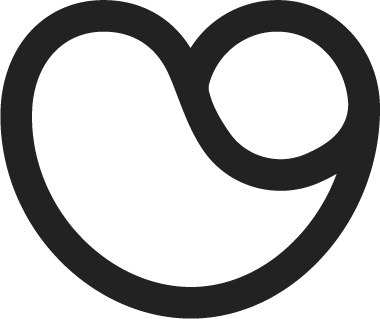In our ratings, you’ll see references to the three production stages, which are based on these industry standard definitions. Understanding the different stages is important when answering questions about sourcing, production, traceability, and certifications.
For fashion brands:
- By primary stage of production we refer to the harvesting or collection of fibre (the cotton harvest; wool and rawhide husbandry, shearing etc); crude oil production (extraction, refining) for synthetic fibres, plastics and similar; and mining for metals and gems.
- The second stage of production includes textile production (ginning, spinning, knitting, dyeing, embroidery), leather tanning, plastic processing, and moulding.
- The final stage of production considers the assembly of the final product (the facilities responsible for cut, make, and trim).
For beauty brands:
- The primary stage of production is raw material sourcing. This is where raw materials like plant extracts and minerals are acquired from farms, mines, and natural sources.
- The second stage of production is processing and manufacturing. This can include extraction, refining, blending, and other processes which turn raw materials into cosmetic ingredients
- The final stage of production is formulation. This is where ingredients are combined to make beauty products.

